 Today we look at the weak, fragmented, corrupt, and thoroughly benighted Islamic world with contempt… and a small amount of fear. That was not always the case.
Today we look at the weak, fragmented, corrupt, and thoroughly benighted Islamic world with contempt… and a small amount of fear. That was not always the case.
From the eight century A.D. the Islamic world held the whip hand in what is now the Mediterranean basin, suffering only occasional setbacks, like the Battle of Tours, while conquering the historically Christian populations of North Africa, the Levant, Palestine, the Balkans, and Spain. Those areas we now think of as the Arab World were, in fact, the cradle of Christianity.
Via Wikipedia
The Christian coalition (the Holy League, ed note) had been promoted by Pope Pius V to rescue the Venetian colony of Famagusta, on the island of Cyprus, which was being besieged by the Turks in early 1571 subsequent to the fall of Nicosia and other Venetian possessions in Cyprus in the course of 1570.
The banner for the fleet, blessed by the pope, reached the Kingdom of Naples (then ruled by the King of Spain) on 14 August 1571. There, in the Basilica of Santa Chiara, it was solemnly consigned to John of Austria, who had been named leader of the coalition after long discussions between the allies. The fleet moved to Sicily and leaving Messina reached (after several stops) the port of Viscardo in Cephalonia, where news arrived of the fall of Famagusta and of the torture inflicted by the Turks on the Venetian commander of the fortress, Marco Antonio Bragadin.
On 1 August, the Venetians had surrendered after being reassured that they could leave Cyprus freely. However, the Ottoman commander, Lala Kara Mustafa Pasha, who had lost some 52,000 men in the siege (including his son), broke his word, imprisoning the Venetians. On 17 August, Bragadin was flayed alive and his corpse hung on Mustafa’s galley together with the heads of the Venetian commanders, Astorre Baglioni, Alvise Martinengo and Gianantonio Querini.
Despite bad weather, the Christian ships sailed south and, on 6 October, they reached the port of Sami, Cephalonia (then also called Val d’Alessandria), where they remained for a while. On 7 October, they sailed toward the Gulf of Patras, where they encountered the Ottoman fleet. While neither fleet had immediate strategic resources or objectives in the gulf, both chose to engage. The Ottoman fleet had an express order from the Sultan to fight, and John of Austria found it necessary to attack in order to maintain the integrity of the expedition in the face of personal and political disagreements within the Holy League.
The battle was joined at dawn on the morning of October 7 at Lepanto, on the northern edge of the Gulf of Corinth, off western Greece. For the first time, the emerging technological prowess of Europe was brought to center stage in the form of Venetian cannon and Spanish arquebusiers.

Ali Pasha’s fleet approached in a giant crescent formation, and seeing the opposing fleet, he also ordered his fleet split into three divisions. Ali Pasha himself took up the middle position opposite Don John, and charged forward to engage Don John’s ships. The Venetian galleasses opened fire, and almost immediately eight Moslem ships were hit and began to sink. The Catholic galleys, their decks filled with soldiers, opened fire with arquebuses and crossbows as the Moslem ships drew alongside. Ali Pasha’s men attempted to board the Catholic ships, but the Spanish soldiers were experienced and well disciplined. Attack after attack was beaten back with deadly shots from their crossbows and arquebuses.
Don John ordered the ship of Ali Pasha to be boarded and taken. Two times the boarding attack of the Spanish soldiers was beaten back, but on the third attempt they swarmed over the deck, now awash in blood, and took the ship. Ali Pasha was captured and beheaded on the spot (against the wishes of Don John), and the Battle Flag of the Ottoman Fleet came down off the mainmast. The head of the Turkish admiral was spitted on a long pike and raised on high for all the enemy ships to see. The Turkish attack in the center collapsed, and Don John sent his ships in pursuit of the retreating Turks, and also turned to aid in the battles raging on his flanks.
The battle continued for five hours. In the end the Turks lost 187 of 251 ships engaged, either sunk or captured. Some 20,000 Turkish soldiers or sailors were killed or captured. Over 10,000 Christian galley slaves were freed. This loss of ships and sailors essentially destroyed Turkish naval dominance in the Mediterranean. Never again would Sicily, Malta, or Cypress be seriously threatened.
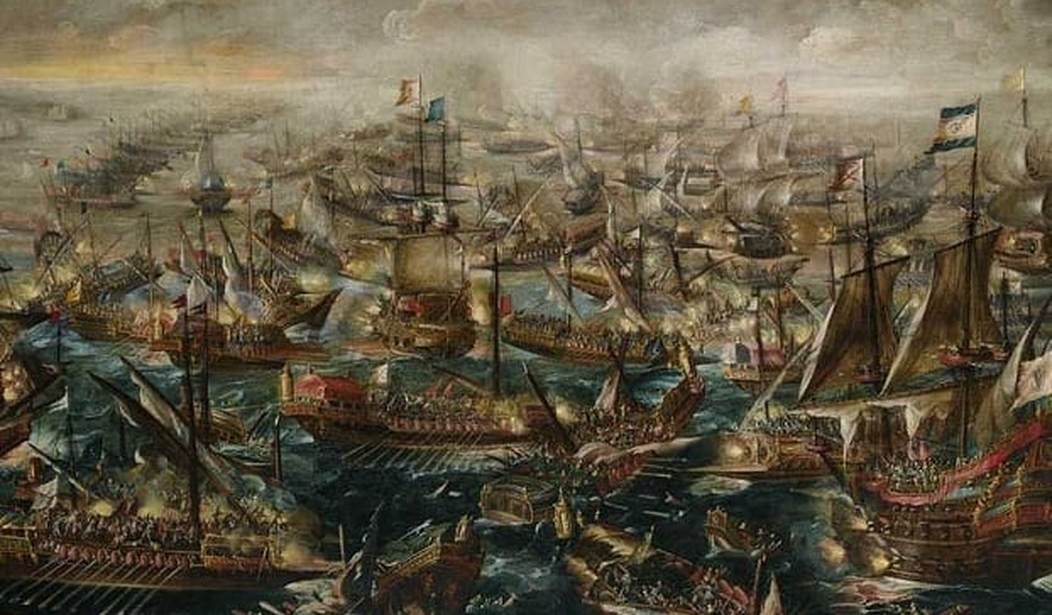
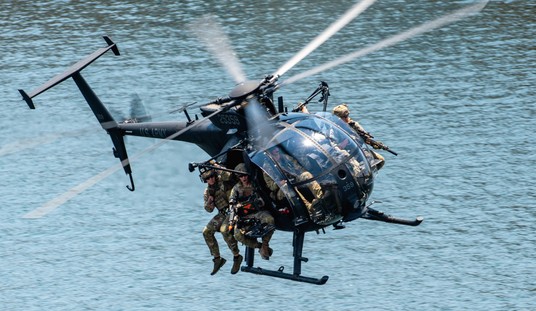
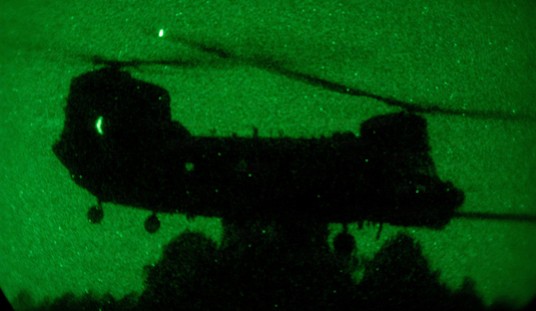



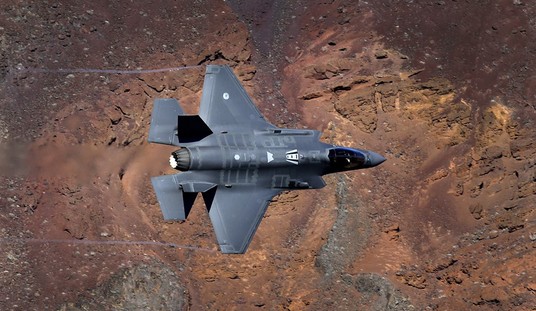

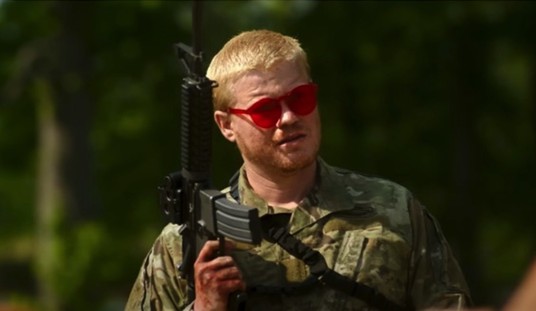
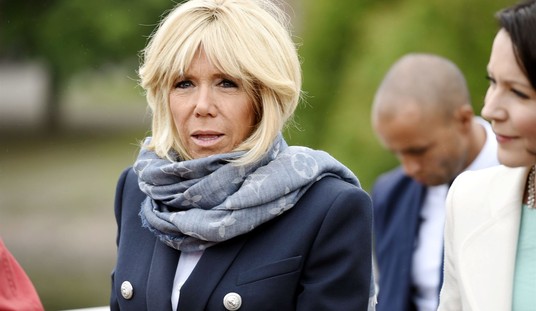



Join the conversation as a VIP Member